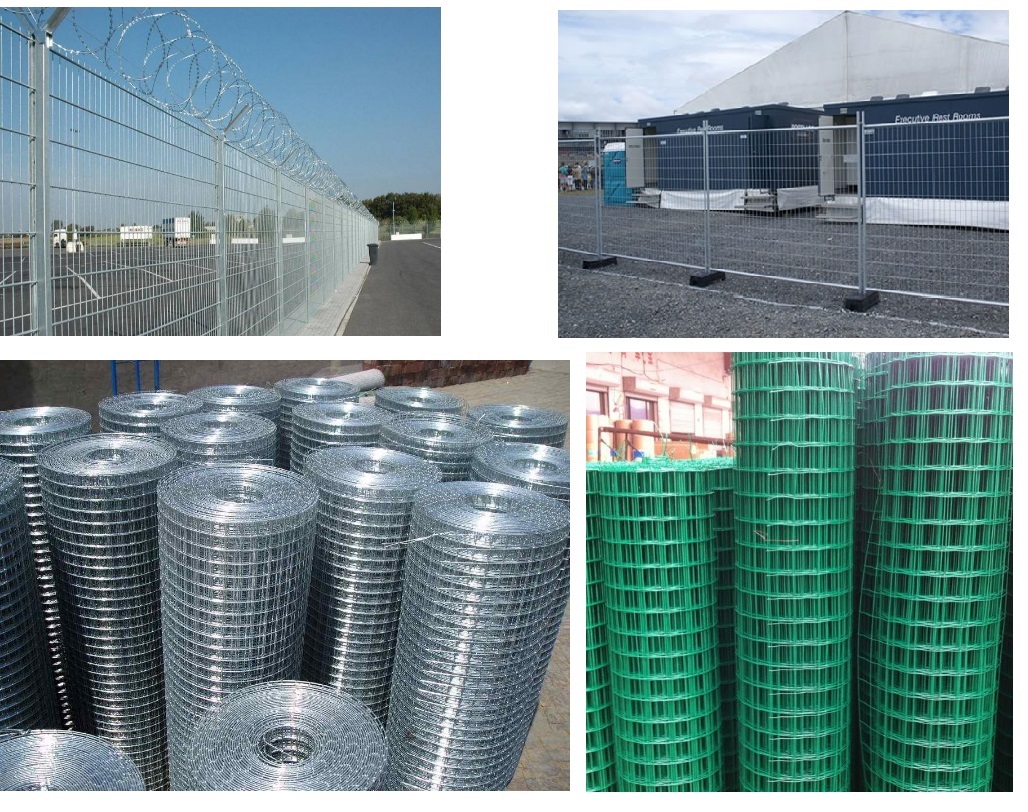Advantages of Electromagnetic Flowmeters The measurement channels of electromagnetic flowmeters are smooth, straight tubes with no obstructing flow detection components. They are not easily obstructed. They are suitable for measuring liquid-solid two-phase fluids containing solid particles, such as pulp, coal water slurries, pulps, slurries and sewage. Wait.
The electromagnetic flowmeter does not generate pressure loss due to the detection of flow. The resistance of the instrument is only the resistance along the same length of the pipeline, and the energy saving effect is significant. It is most suitable for large-diameter water supply pipelines requiring low resistance loss.
The volumetric flow rate measured by the electromagnetic flowmeter is virtually unaffected by the slow changes in fluid density, viscosity, temperature, pressure, and conductivity.
Compared with most other flow meters, electromagnetic flowmeters require lower straight pipe sections.
Electromagnetic flowmeters have a large measuring range, usually 20:1 to 50:1, with a wide range of optional flow rates. Full-scale liquid flow rate can be selected within 0.5~10m/s. Some models can be used to expand and reduce the flow in the field according to need (for example, with a 4-digit potentiometer set the instrument constant), do not have to take off for offline flow calibration.
The range of the electromagnetic flowmeter is wider than other types of flowmeters, from a few millimeters to 3 meters.
Measurable positive and negative two-way flow, can also measure pulsating flow, as long as the pulsation frequency is much lower than the excitation frequency.
Instrument output is essentially linear.
The variety of materials that are easy to select with the fluid contact can be applied to corrosive fluids.
Limitations of electromagnetic flowmeters Electromagnetic flowmeters cannot measure liquids with very low electrical conductivity, such as petroleum products and organic solvents.
Electromagnetic flowmeters cannot measure gases, steam, and liquids that contain large bubbles.
General-purpose electromagnetic flowmeters cannot be used for high-temperature liquids due to limitations of lining materials and electrical insulating materials; some models are used for liquids below room temperature, and the electromagnetic flow is destroyed due to condensation (or frost) on the outside of the measuring tube. Meter connection method in the pipeline installation The electromagnetic flow meter as a measuring instrument plays a very important role in the petrochemical industry and is an indispensable flow meter for measuring instruments. However, in the actual application process, the electromagnetic flow meter is used as a flow meter. The measurement of the application process in the installation process, many people are not familiar with, so as a professional manufacturer of electromagnetic flowmeter technology will explain the installation details for everyone: electromagnetic flowmeter in the measurement of the pipeline medium flow, must first with the pipeline The connection can be measured. Let's introduce the connection method.
First introduce the more traditional flange connection:
It can be installed unidirectionally, typically in small pipelines. This is because the electromagnetic flowmeter has flanges that can be connected at both ends, so when connecting with pipes, it is only necessary to bolt the flanges to the flanges on the pipes.
Secondly introduce the advanced clamping connection:
This method is generally used for electromagnetic flowmeters that do not have a flange connection. The connection method is relatively simple, and the general staff can perform it as long as he knows how to install it. It will not be so troublesome.
Then there is the screw connection: this connection is generally used in medical, food, oil and other fields.
Finally, the sanitary connection is also referred to as clamp-type connection: Using this method, not only can the electromagnetic flowmeter be quickly installed and disassembled, but it also facilitates its cleaning and maintenance.
Fence and Wire Mesh:
The first is the role of the partition fence on behalf of the product is the middle of the road with municipal fence, the road is divided into two parts, so that motor vehicles, non-motorized vehicles and people assigned to traffic to improve the traffic environment and improve traffic safety and quality.
Secondly, the protective effect of fences on behalf of the product is bilateral silk fence, blocking attempts to break into the isolated area of people and livestock, thus forming a barrier to the outside world and isolation barrier.
Thirdly, the beautification of the fence on behalf of the product is zinc steel fence, the appearance of the atmosphere design, the perfect connection, so that the integration of zinc steel fence with the surrounding environment, add a touch of bright color isolation area.
Fence And Wire Mesh has many functions and can be seen in many fields at present. For example, high-speed railways, high-speed railways, factories, communities, airports, oil tankers, schools and mines have fences and Wire Mesh.

Fence and Wire Mesh
Fence And Wire Mesh,Garden Gate,Parts For Fence,Stainless Steel Mesh Fence
HEBEI ZIFENG NEW ENERGY TECHNOLOGY CO.,LTD. , https://www.zifengpipeline.com